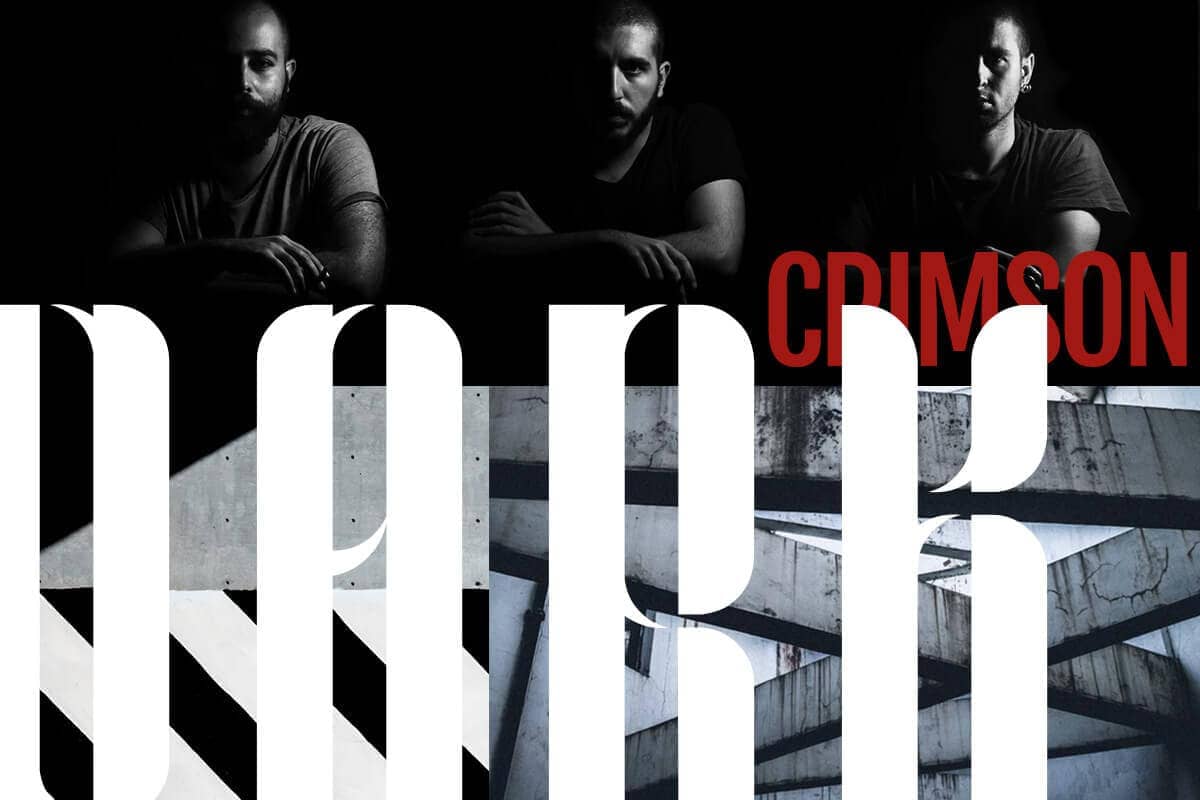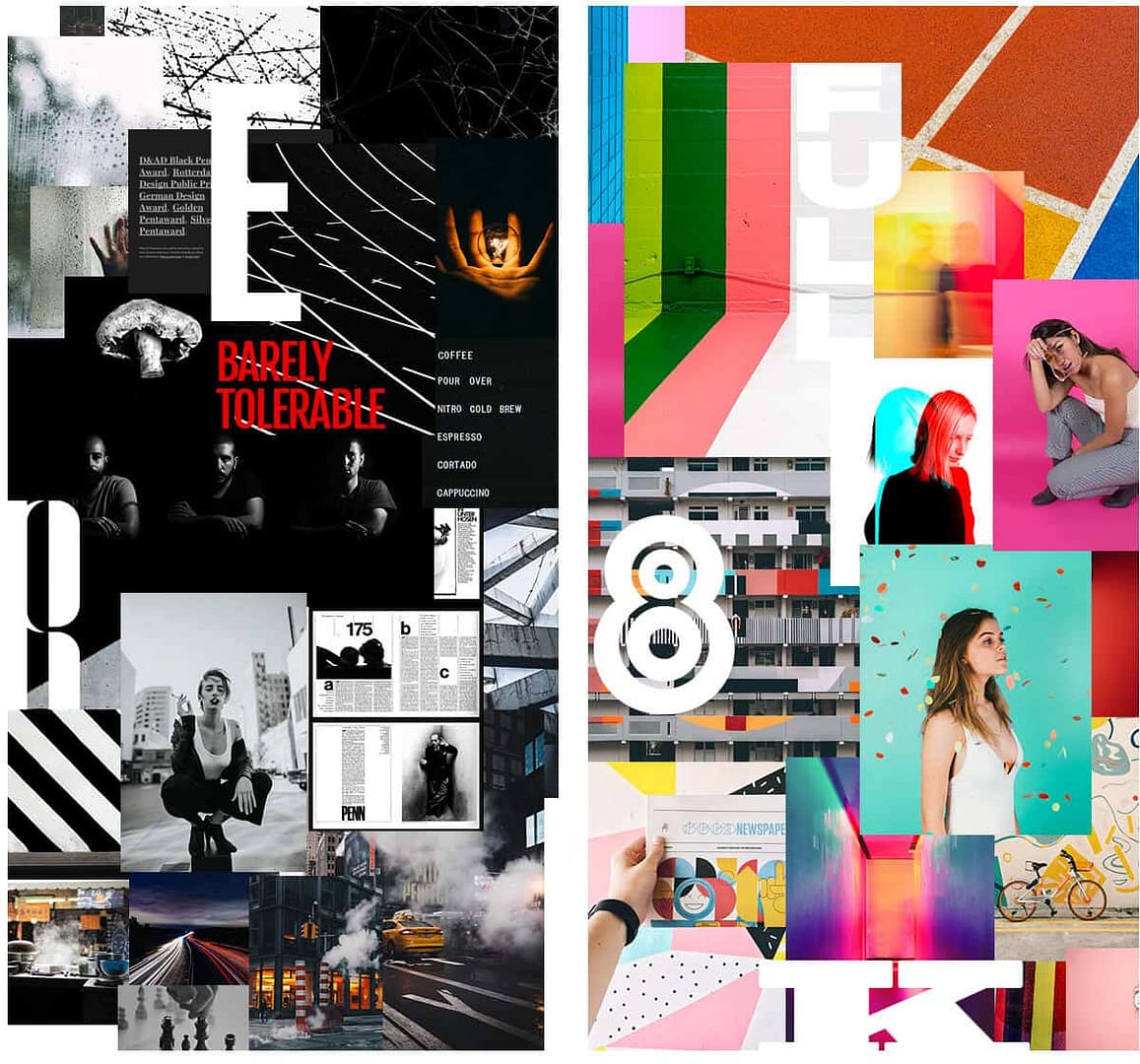We’ve all been there before. You’re trying to explain to someone how a ‘thing’ should look and you’re struggling to find the right words or you find your words fall woefully short.
Visuals communicate things that words cannot. A picture really is worth a thousand words, and mood boards are a great way to convey that picture to avoid confusion and get everyone on the same page from the start.

“Mmmm, that’s not what I imagined.”
After spending hour upon hour lovingly putting together a design these are perhaps the last words a designer wants to hear. It’s easy to misread client expectations. What one person might classify as ‘modern’ another might see as ‘sterile’. ‘Playful’ another might view as ‘chaotic’. Is it ‘bold’ or ‘over-the-top’? It’s easy to think you’re on the right track only to find out later that you’re not on the path to grandma’s house after all. By showing a collection of visuals with any one of these words, you can create a vision that will be consistent in everyone’s mind, reducing the risk of misinterpretation.
What are mood boards?
In essence, a mood board is a compilation of inspirational elements that are all related to a central theme. Photography, fonts, colours illustrations, and patterns are some of the different types of elements that can be used on a mood board to form a cohesive idea and establish the aesthetic feel of a design project.
Think of them as rapid visual prototyping. It allows you to quickly explore multiple possible design concepts – light, grungy or maybe nautical – that all evoke a different style or feeling. A mood board is intentionally casual, to facilitate brainstorming, experimenting and playing with different styles without limitations.
The perks
Mood boards are created at the beginning of a project and are a great way to get the client involved in the design right from the beginning. The client gains insight into the thinking and the design rationale behind the choices made, avoiding any big surprises. Collaboration is a key part of the success of any project and the sooner you can build that creative synergy the better.
A few hours spent creating mood boards will save countless hours down the line. With a visual roadmap created and a clear guide of where the project is heading it’s much easier to get the design right from the beginning, reducing revisions and speeding up the workflow. Saving time here means more time and effort can be spent adding the polish and fine-tuning interactions at the end.
In short, mood boards are right for any design project and benefit both the designer and the client. To see how it’s done – check out a couple of these great examples of mood boards on Pinterest.
